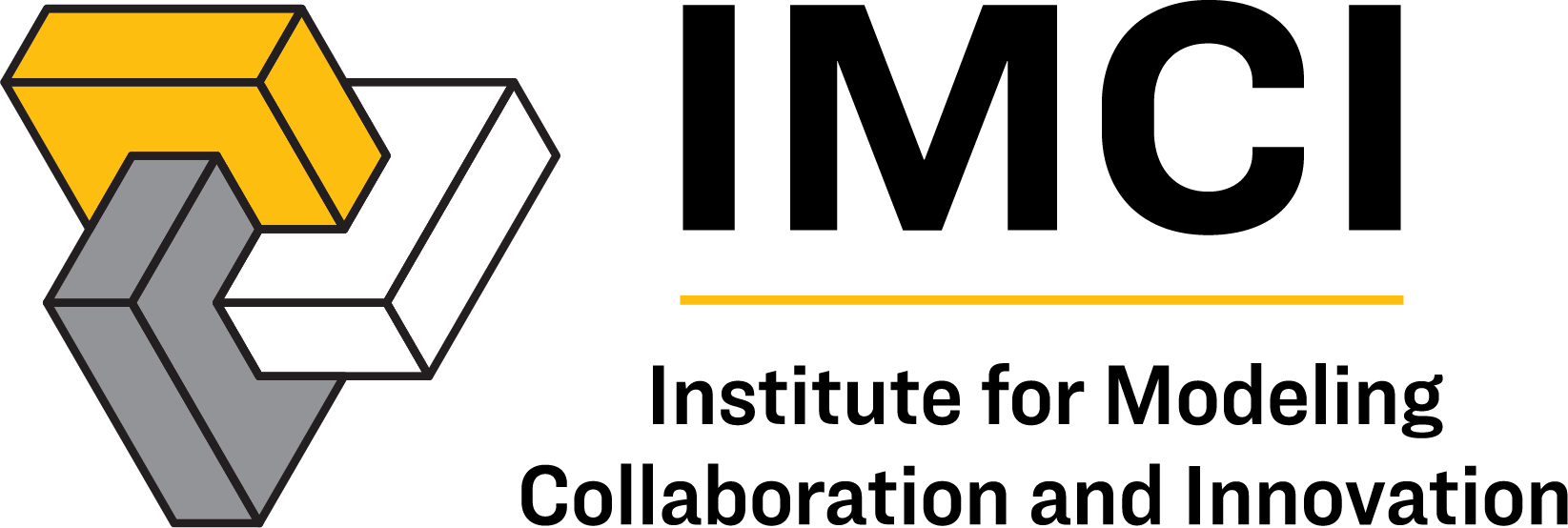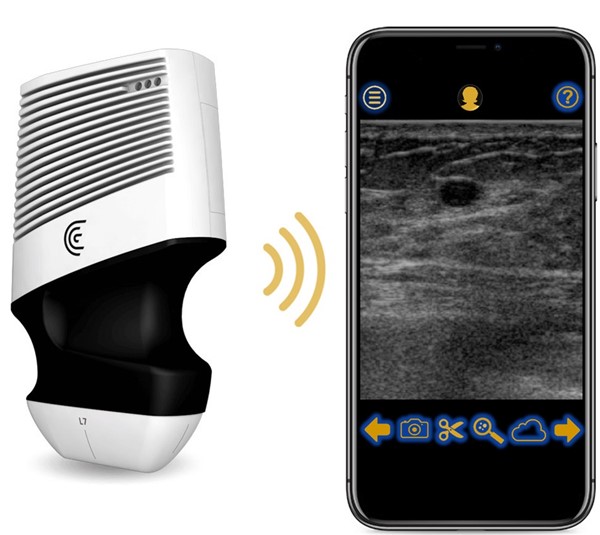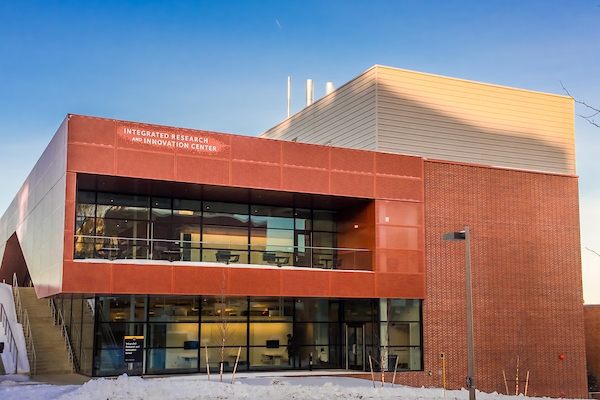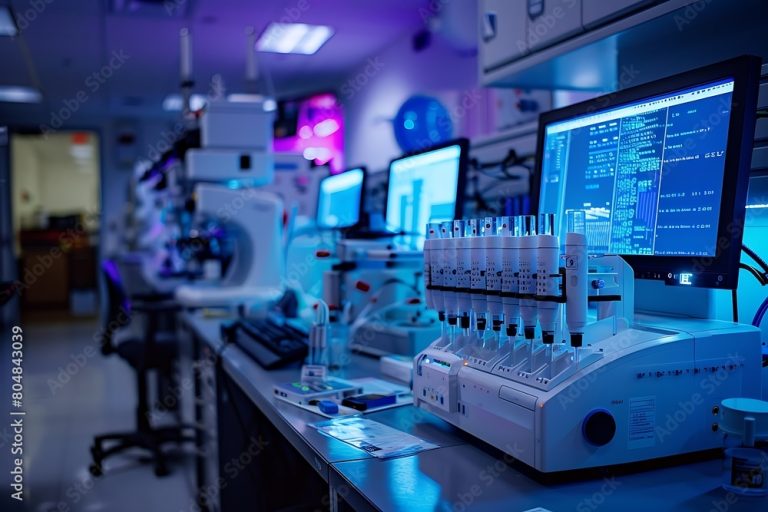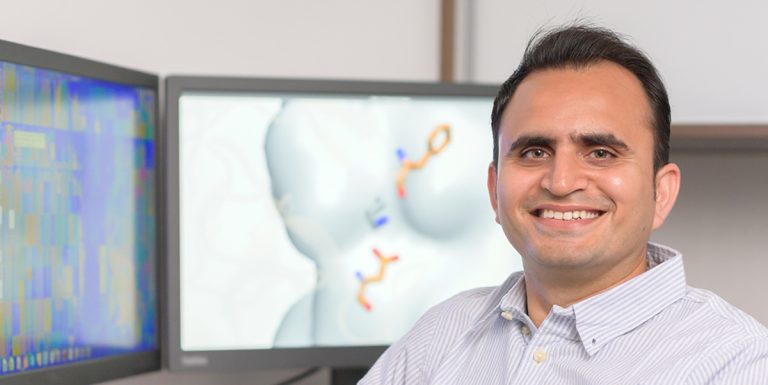Min Xian is Making Breast Cancer Detection Affordable and Accessible for All
This article was written by University of Idaho Communications and Marketing. View the original article here. Dr. Xian’s research project, Deep Learning for Ultrasound Tumor Detection, is one of CMCI’s primary research projects.

March 26, 2019
College of Engineering assistant professor Min Xian earns funding toward portable detection device.
In Min Xian’s perfect world, the equipment needed for breast cancer detection will cost the medical community no more than what the average consumer pays for the latest and greatest iPhone. The University of Idaho College of Engineering assistant professor has been studying digital applications being developed to make breast cancer detection affordable and accessible. The latest technology uses a small scanning device that connects to your smart phone and uses algorithms and artificial intelligence to determine whether or not the scanned image is cancerous.
Under a $158,251 award from the Center for Modeling Complex Interactions, a multidisciplinary, collaborative research program housed at the U of I and funded by the National Institutes of Health, Xian has begun research into developing a more efficient algorithm for detection.
He also received a $12,570 award from the U of I Office of Research and Economic Development to purchase a portable scanning device to be used with the application.
“In developing countries, resources and access to medical doctors is limited,” said Min Xian, University of Idaho College of Engineering assistant professor. “They don’t have the techniques, and can’t afford the expenses.”
Applications like the ones Xian is studying would allow lesser trained individuals to provide the same level of medical expertise through an affordable and highly efficient form of artificial intelligence.
Although these applications currently exist, Xian said the technology still needs refinement, not to mention the time it will take to make the digital system acceptable to the public.
Breast cancer false positives cost the medical community greatly. Determining whether a tumor is malignant is difficult to do as a trained medical professional, so developing an artificial intelligence capable of limited error is no easy task.
His 19-person team consists of medical doctors and collaborators from the Utah School of Medicine, three other medical universities, two in China and one in India. The award will also fund a doctoral and one post-doctoral student.
“This kind of research isn’t done by a single person,” he said. “We need experts from a lot of different areas, not just computer science. We need medical doctors, we need statisticians.”

